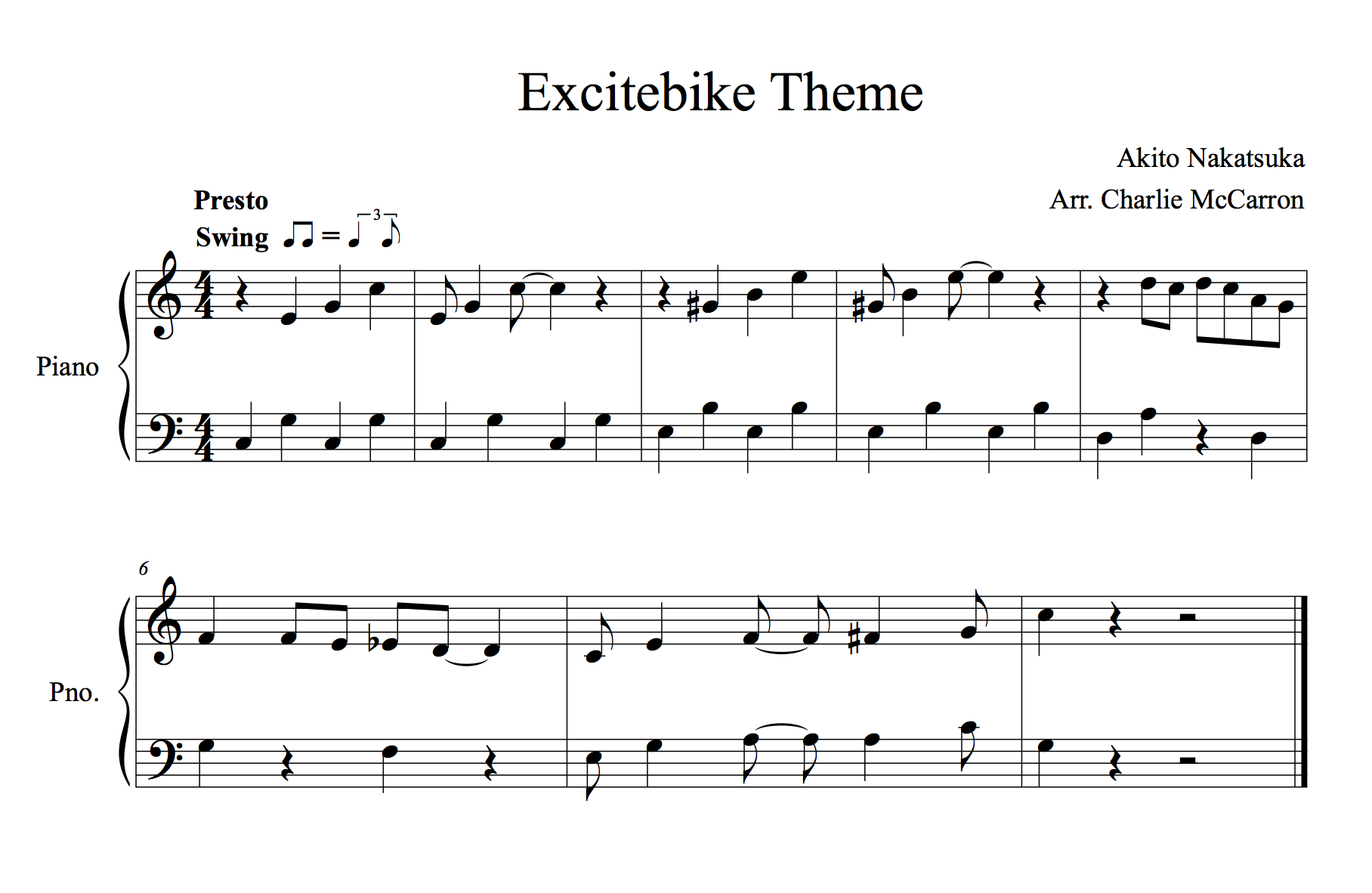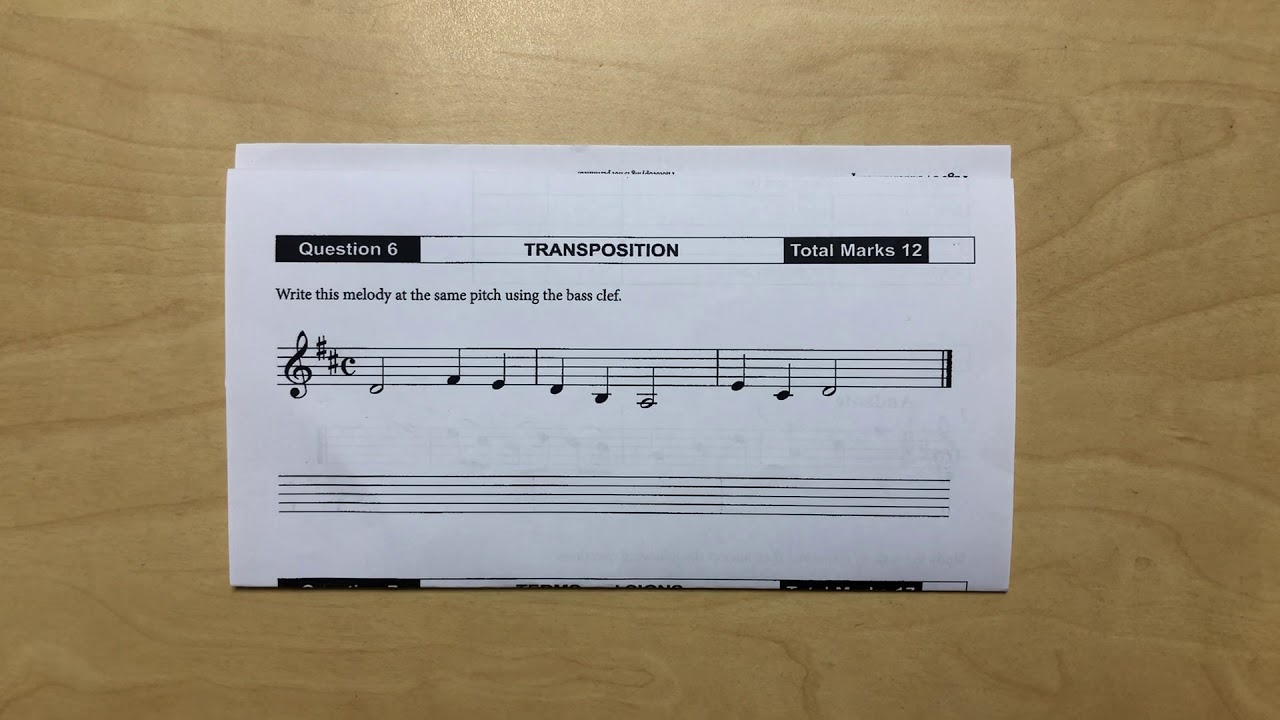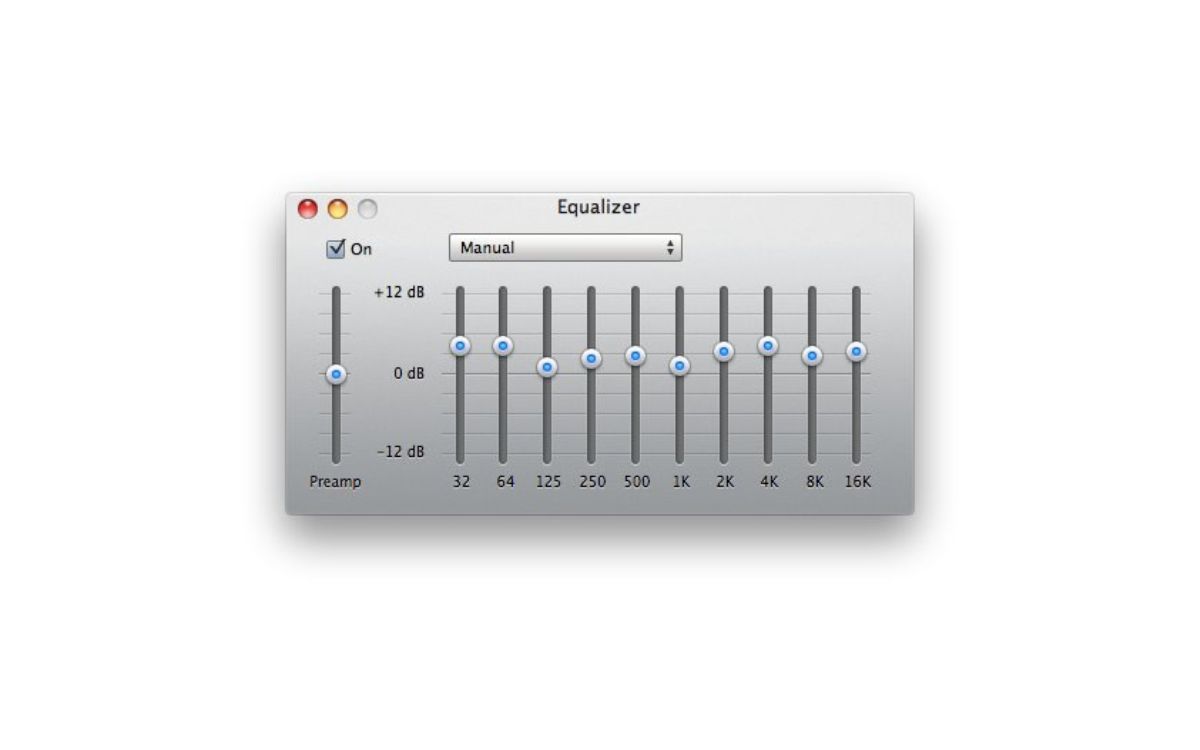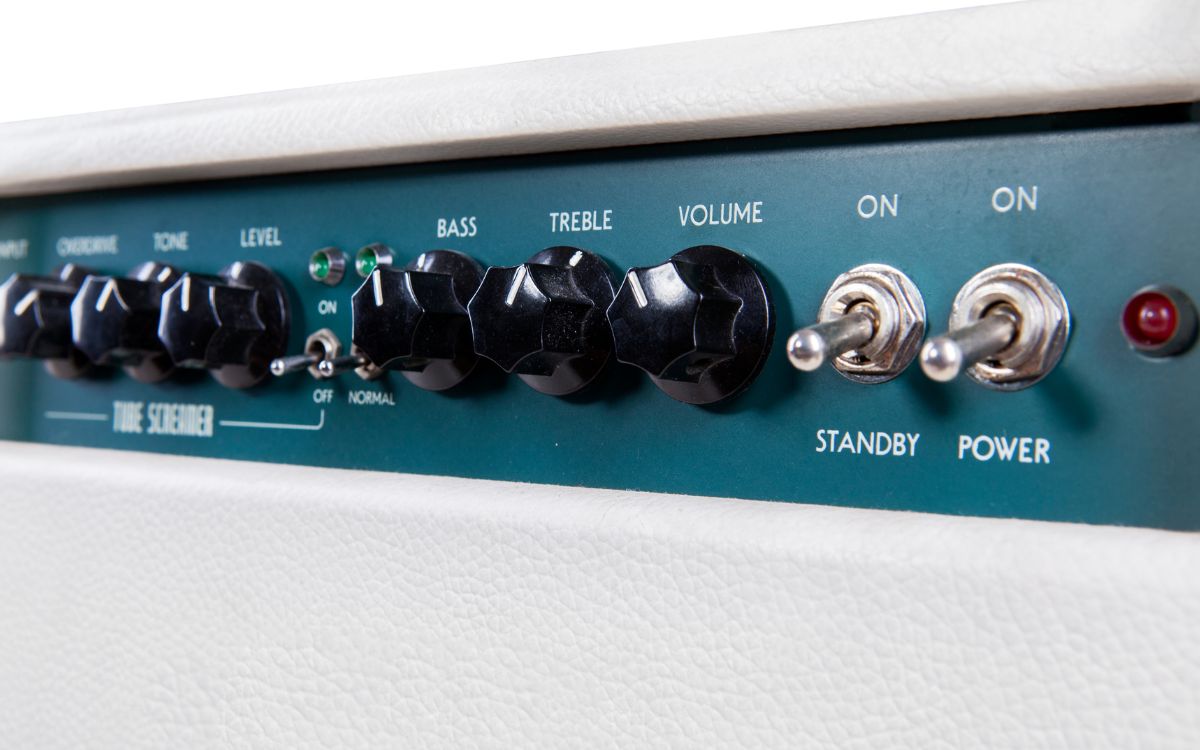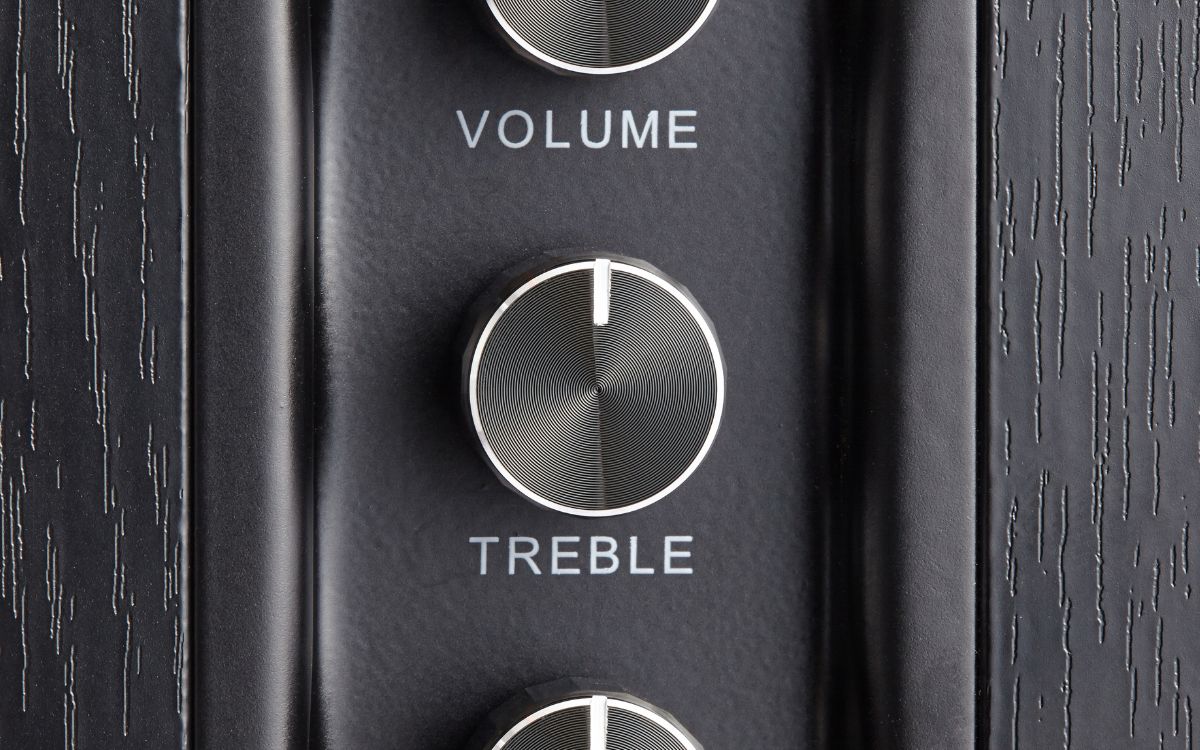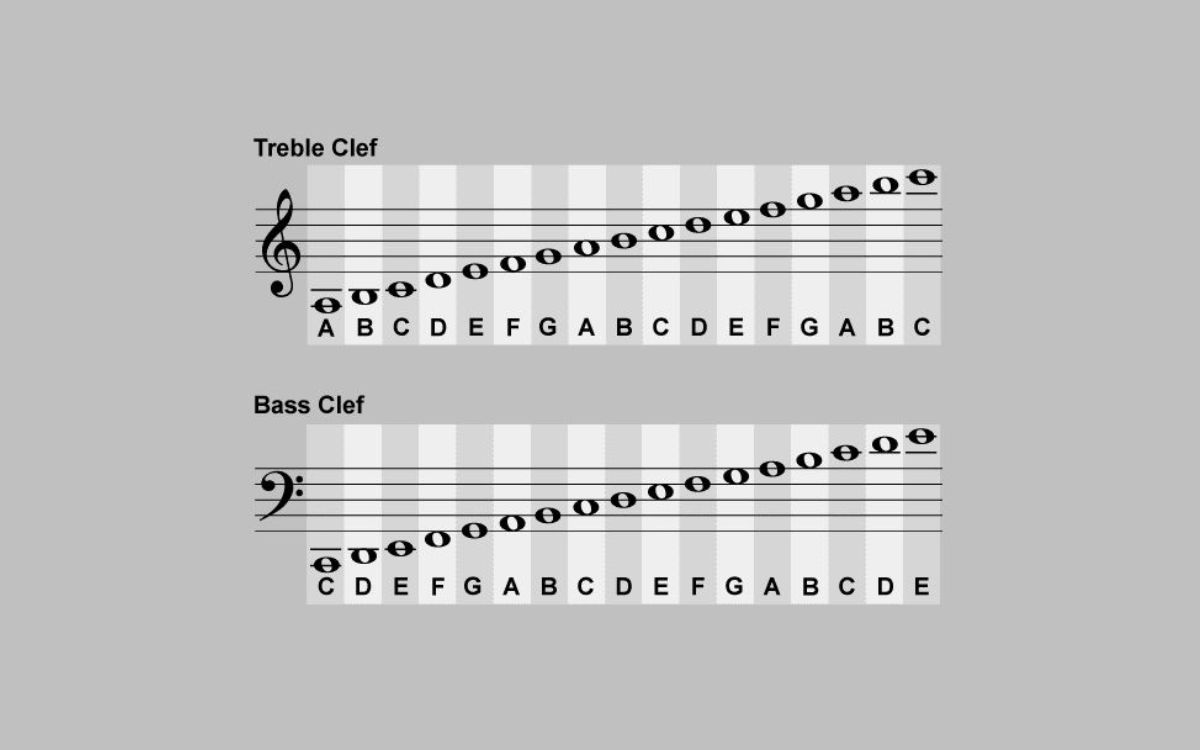Home>Instruments>Bass>What Is Treble And Bass
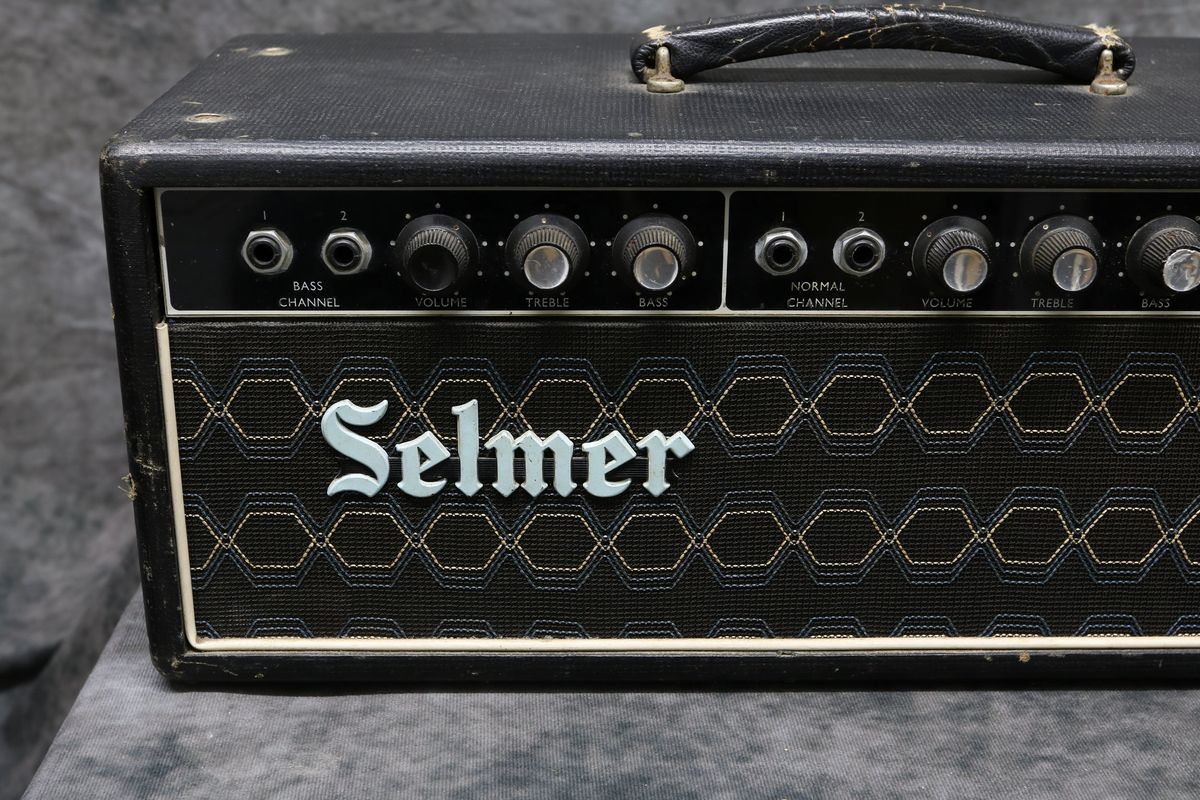

Bass
What Is Treble And Bass
Modified: January 22, 2024
Learn the difference between treble and bass in music. Explore the importance of bass and how it adds depth and rhythm to your favorite tunes.
(Many of the links in this article redirect to a specific reviewed product. Your purchase of these products through affiliate links helps to generate commission for AudioLover.com, at no extra cost. Learn more)
Table of Contents
Introduction
When it comes to audio and music, the terms “treble” and “bass” are commonly used to describe different aspects of sound. Understanding these terms is crucial for all audio enthusiasts, whether you’re a musician, audio engineer, or simply a music lover. Treble and bass play a significant role in shaping the overall sound and enhancing the listening experience.
Sound is essentially the vibration of air molecules that our ears perceive as audio. These vibrations occur at different frequencies, which determine the pitch and tone of the sound. The human ear can detect a wide range of frequencies, from low bass sounds to high-pitched treble sounds.
Treble, often referred to as high-frequency sound, deals with the higher range of frequencies. On the other hand, bass, also known as low-frequency sound, encompasses the lower end of the sound spectrum. Together, they create a balanced and well-rounded sound that is pleasing to the listener.
In music, treble and bass are fundamental elements that contribute to the overall composition. Treble comprises melodies, high-pitched instruments, and vocals, while bass consists of the low-end instruments such as bass guitars, kick drums, and synthesizers. The harmonious combination of these two elements creates depth, complexity, and richness in the music.
Adjusting the treble and bass settings on audio systems, such as speakers, headphones, or amplifiers, allows you to fine-tune the sound according to your preferences. By increasing the treble, you can add brightness and clarity to the sound, enhancing the intricacies of high-frequency instruments and vocals. On the other hand, boosting the bass adds depth, warmth, and richness to the low-frequency elements, giving the music a powerful and impactful presence.
To achieve the perfect balance between treble and bass, it is essential to understand the characteristics of different music genres. Genres like classical or jazz might require a more delicate balance, while genres like hip hop or EDM may benefit from a stronger bass presence. Experimenting with various settings and finding the ideal combination will allow you to enjoy music in its truest form.
Now that we have a basic understanding of treble and bass, let’s delve deeper into each element, exploring their individual characteristics and importance in the audio world.
Understanding Sound Frequencies
To truly understand treble and bass, it’s essential to grasp the concept of sound frequencies. Sound frequencies refer to the number of vibrations or cycles per second that a sound wave produces. These vibrations are measured in Hertz (Hz).
The human ear can perceive frequencies ranging from approximately 20 Hz to 20,000 Hz, with the most sensitive range being between 2,000 Hz and 5,000 Hz. This range covers the majority of musical notes and encompasses the treble and mid-range frequencies.
Low-frequency sounds have a slower vibration rate, resulting in a deep and resonant tone. These frequencies usually span from 20 Hz to around 250 Hz, with the bass end typically falling below 80 Hz. Bass frequencies are responsible for the thumping beats you feel in your chest and the rumbling power in music genres like hip hop, electronic dance music (EDM), and reggae.
High-frequency sounds, also known as treble, have a faster vibration rate, producing a more piercing and bright tone. These frequencies range from around 2,000 Hz up to 20,000 Hz. Treble is responsible for the sparkle in cymbals, the clarity in vocals, and the intricate details in instruments like guitars, violins, and flutes.
Understanding sound frequencies allows us to appreciate the different aspects of sound in music. It enables us to pinpoint the specific frequencies that contribute to the overall sound, whether it’s the deep thump of a bass drum, the smooth tones of a saxophone, or the crispness of a snare drum.
Moreover, different musical instruments and audio equipment are designed to emphasize or reproduce specific frequency ranges. For instance, subwoofers are specially engineered to handle low-frequency sounds and deliver powerful bass reproduction, while tweeters are dedicated to reproducing high-frequency sounds for detailed treble performance.
By having a firm understanding of sound frequencies, you can better appreciate the intricacies of music and make informed decisions when adjusting the treble and bass settings on your audio devices. So, let’s dive into the specific characteristics and significance of treble and bass in audio.
What is Treble?
Treble is the high-frequency component of sound that adds brightness, clarity, and detail to music. It encompasses the higher end of the frequency spectrum, typically ranging from around 2,000 Hz to 20,000 Hz. Treble is responsible for reproducing the delicate nuances of vocals, high-pitched instruments, and other high-frequency sounds.
In terms of musical instruments, the treble range includes instruments such as the flute, piccolo, violin, cymbals, and female vocals. These instruments produce sounds with fast oscillations and shorter wavelengths, resulting in a more piercing and crisp sound quality.
When listening to music, the treble component gives presence and definition to the overall sound. It highlights the finer details and intricacies that make each instrument and voice distinct. Without adequate treble, music can sound dull, lacking clarity and sparkle.
Adjusting the treble settings on audio devices allows you to control the amount of high-frequency emphasis in the sound. Increasing the treble level can enhance the brightness and clarity of the audio, making it more vibrant and detailed. However, excessive treble can lead to harshness or sibilance, where ‘s’ and ‘sh’ sounds may become exaggerated.
Treble is particularly important in genres such as classical music, where the intricate melodies and high-pitched instruments need to be heard with utmost clarity. It also plays a vital role in genres like pop, rock, and jazz, where vocals and high-range instruments take center stage.
By adjusting the treble settings according to your preferences and the nature of the music you’re listening to, you can optimize the audio experience. Finding the perfect balance between treble and other frequency ranges creates a harmonious and enjoyable sound.
Now that we have explored treble in detail, let’s proceed to understand its counterpart – bass. Discovering the role that bass plays in shaping the sound landscape will give us a complete understanding of the treble and bass dynamic in music.
What is Bass?
Bass refers to the low-frequency component of sound that adds depth, impact, and power to music. It encompasses the lower end of the frequency spectrum, typically ranging from around 20 Hz to 250 Hz or lower. Bass is responsible for reproducing the rumbling beats, heavy vibrations, and resonant tones that give music its foundation and energy.
In terms of musical instruments, the bass range includes instruments such as the bass guitar, double bass, kick drum, tuba, and lower male vocals. These instruments produce sounds with slower oscillations and longer wavelengths, resulting in a deep and full-bodied sound quality.
The presence of bass in music adds a sense of weight and intensity. It provides the foundation upon which the other instruments and vocals build upon. Without adequate bass, music can sound thin and lacking in depth.
Adjusting the bass settings on audio devices allows you to control the amount of low-frequency emphasis in the sound. Increasing the bass level can enhance the richness and impact of the audio, making it feel more immersive and dynamic. However, excessive bass can lead to muddiness or overpowering, where the sound becomes boomy or overwhelming.
Bass is particularly important in genres such as hip hop, EDM, reggae, and rock, where the rhythmic grooves and driving beats heavily rely on powerful basslines. It adds the thumping pulse and energy that gets your body moving and creates a visceral connection to the music.
By adjusting the bass settings appropriately, you can achieve a well-balanced sound that brings out the best in different musical genres. Finding the right balance between bass and other frequency ranges ensures a satisfying listening experience and allows the music to be felt as much as it is heard.
Now that we have explored the characteristics and significance of both treble and bass, let’s delve deeper into their importance in the audio landscape and how they interact to create a well-rounded sound.
The Importance of Treble and Bass in Audio
Treble and bass are essential elements in audio that contribute to the overall quality and enjoyment of music. Understanding their importance and how they interact is key to creating a well-rounded and immersive sound experience.
Treble adds brightness and clarity to the audio. It brings out the intricate details of high-pitched instruments and vocals, adding sparkle and definition to the music. Treble enhances the overall audio presence and allows the listener to fully appreciate the nuances of the composition.
Without the right balance of treble, music can sound dull and lacking in detail. The high-frequency elements can get lost, resulting in a less engaging and immersive listening experience. By adjusting the treble settings, you can optimize the audio output and bring out the best in vocals, strings, and other high-range instruments.
On the other hand, bass adds depth, impact, and power to the audio. It provides the foundation upon which the other elements of the music are built upon. Bass brings the rhythmic groove, the thumping beats, and the rumbling vibrations that you can feel in your chest.
Without sufficient bass, music can sound thin and lacking in energy. The low-end elements may become indistinguishable, leading to a less dynamic and engaging sound. By adjusting the bass settings, you can enhance the richness and resonance of the audio, creating a more immersive and captivating listening experience.
The interplay between treble and bass is crucial for achieving a well-balanced sound. Neither one should overpower the other, as this can result in an unbalanced or unnatural audio representation. A harmonious blend of treble and bass creates a synergy that elevates the overall listening experience.
Different music genres have unique requirements when it comes to treble and bass. For example, genres like classical or jazz may benefit from a more delicate balance, as the focus is on intricate melodies and harmonies. Genres like hip hop or EDM, on the other hand, may demand a stronger bass presence to drive the energetic beats.
By understanding the importance of treble and bass, you can adjust the audio settings to suit your preferences and the specific genre you’re listening to. Striking the right balance ensures that you can fully immerse yourself in the music, appreciating both the high-frequency details and the powerful low-end impact.
Now that we have explored the significance of treble and bass, let’s dive into how these elements differ in music and how you can adjust the treble and bass settings to optimize your listening experience.
Differentiating Treble and Bass in Music
When listening to music, it’s essential to be able to differentiate between the treble and bass elements. Understanding their distinct characteristics and roles in music will allow you to appreciate and analyze the composition on a deeper level.
Treble, as mentioned earlier, comprises the high-frequency sounds in music. It includes instruments like flutes, violins, and vocals with a piercing and bright quality. Treble adds clarity, sparkle, and definition to the overall sound, highlighting the intricate details and nuances of the composition.
In contrast, bass refers to the low-frequency sounds in music. It encompasses instruments like bass guitars, kick drums, and synthesizers, which produce deep and resonant tones. Bass adds depth, impact, and power to the music, creating a strong foundation and rhythmic groove.
One way to differentiate between treble and bass in music is to pay attention to the tonal characteristics of instruments. Instruments in the treble range tend to have fast oscillations and shorter wavelengths, resulting in a more piercing and crisp sound. On the other hand, bass instruments have slower oscillations and longer wavelengths, producing a deep and full-bodied sound.
Another way to distinguish between treble and bass is to listen for the specific frequencies each element occupies. Treble frequencies typically range from around 2,000 Hz to 20,000 Hz, while bass frequencies fall between 20 Hz and 250 Hz or lower. Training your ear to recognize these frequency ranges will help you identify the treble and bass elements within a musical composition.
Furthermore, paying attention to the rhythmic and melodic structure of the music can also help in differentiating treble and bass. Treble instruments often carry the melody or play intricate melodic lines, while bass instruments provide the rhythmic foundation and support the harmonic structure of the composition.
By actively listening and training your ears to distinguish between the treble and bass elements, you can develop a deeper understanding of how the different frequencies contribute to the overall sound. This knowledge will enable you to appreciate the complexities and nuances of the music, enhancing your listening experience.
Now that we have explored how to differentiate between treble and bass in music, let’s move on to understanding how you can adjust the treble and bass settings on audio devices to achieve the desired sound balance.
How to Adjust Treble and Bass Settings
Adjusting the treble and bass settings on your audio devices allows you to fine-tune the sound according to your preferences and the nature of the music you’re listening to. Finding the right balance between treble and bass can greatly enhance your listening experience. Here are some tips on how to adjust treble and bass settings:
1. Start with a neutral setting: Before making any adjustments, set your treble and bass settings to the neutral or flat position. This provides a baseline to work with and ensures that you’re starting from an unbiased starting point.
2. Understand your audio system: Familiarize yourself with the treble and bass controls on your specific audio device. Whether it’s a stereo system, headphones, or a music player, each device may have its own interface and terminology for adjusting these settings.
3. Listen to different genres of music: Experiment with a variety of music genres to understand how the treble and bass aspects differ across different styles of music. Pay attention to the different instruments and how they are represented in the treble and bass frequencies.
4. Make gradual adjustments: When making changes to the treble and bass settings, do so in small increments. This allows you to hear the impact of each adjustment and avoid drastic changes that may lead to an unbalanced sound.
5. Consider the room acoustics: Keep in mind that the acoustics of your listening environment can also affect how you perceive the treble and bass. The size and shape of the room, as well as the presence of any reflective surfaces, can impact the overall sound balance.
6. Listen critically: Take the time to actively listen and analyze the sound after each adjustment. Pay attention to how the treble and bass changes impact the clarity, presence, and overall balance of the audio.
7. Trust your ears: Ultimately, your own personal preference and taste are the most important factors in adjusting treble and bass settings. Trust your ears and make adjustments that result in a sound that you find pleasing and enjoyable.
Remember that the goal is to achieve a well-balanced sound that complements the music you’re listening to. Finding the perfect balance between treble and bass will enhance your listening experience and allow you to fully appreciate the intricacies and nuances of the music.
Now that you have a better understanding of how to adjust treble and bass settings, let’s conclude our exploration of treble and bass and their importance in audio.
Achieving the Perfect Balance of Treble and Bass
Striking the perfect balance between treble and bass is the key to achieving an optimal and enjoyable audio experience. While personal preference plays a significant role, there are some general guidelines to help you achieve the ideal sound balance:
1. Start with a neutral setting: Set your treble and bass controls to a neutral or flat position, ensuring that no specific frequencies are emphasized or attenuated. This provides a neutral foundation to work with and allows you to make adjustments based on the characteristics of the music you’re listening to.
2. Analyze the music genre: Different music genres have unique tonal characteristics. Take into account the typical balance between treble and bass in the genre you’re listening to. For example, genres like jazz or classical music may require a more delicate balance, while genres like hip hop or EDM may benefit from a stronger bass presence.
3. Listen critically: Pay attention to the overall sound balance as you adjust the treble and bass settings. Assess the clarity, presence, and richness of the audio. Make subtle adjustments and listen for the impact on different instruments, vocals, and the overall musical arrangements.
4. Avoid drastic changes: When making adjustments, do so in small increments. Drastic changes can lead to an unbalanced sound and may cause certain elements to overpower others. Gradual adjustments allow for a more controlled and refined sound balance.
5. Take room acoustics into consideration: The acoustics of your listening environment can greatly impact how you perceive treble and bass. The size, shape, and presence of reflective surfaces can affect the way sound travels in the room. Consider the room acoustics and make adjustments accordingly to compensate for any potential issues.
6. Trust your ears: Ultimately, your own listening experience and preference should guide you in achieving the perfect balance. Each person’s hearing and taste may vary, so trust your ears and make adjustments that sound pleasing to you.
7. Test on different audio setups: If possible, listen to the adjusted sound balance on different audio setups, such as headphones, speakers, or car audio systems. Different audio devices may have varying characteristics, so testing on multiple setups can help ensure a balanced sound across different environments.
Remember, achieving the perfect balance of treble and bass is subjective and can vary from person to person. It’s all about finding the sound that brings out the best in the music you love. By carefully analyzing the music genre, making subtle adjustments, and trusting your ears, you can achieve a well-balanced sound that enhances your audio experience.
Now that we have explored how to achieve the perfect balance, let’s conclude our discussion on the importance of treble and bass and their role in creating an immersive audio experience.
Conclusion
Treble and bass are integral components of sound that greatly impact our audio experience. Treble adds brightness, clarity, and detail to music, highlighting the high-frequency elements such as vocals and high-pitched instruments. Bass, on the other hand, brings depth, impact, and power with its low-frequency tones, providing the foundation and rhythm to the music.
Understanding the importance of treble and bass allows us to appreciate the intricacies and nuances of different music genres. By adjusting the treble and bass settings on our audio devices, we can fine-tune the sound to our preferences and optimize our listening experience.
Achieving the perfect balance between treble and bass requires a careful approach. Starting with a neutral setting and making small, gradual adjustments allows us to find the optimal sound balance. It’s essential to consider the genre of music, analyze the tonal characteristics, and trust our ears to guide us in making the right adjustments.
Remember that personal preference plays a significant role in finding the ideal balance. Each person’s taste and hearing may vary, so it’s important to trust our own judgment in determining what sounds best to us.
By understanding and differentiating treble and bass in music, we can fully appreciate the richness and complexity of the sound. Whether we’re musicians, audio enthusiasts, or simply music lovers, a deeper knowledge of treble and bass enhances our connection to the music we enjoy.
So, as you embark on your audio journey, take the time to explore the treble and bass elements in music. Adjust the settings according to your preferences, experiment with different genres, and immerse yourself in the beautiful balance of sound created by treble and bass.
Now, go forth and revel in the music with a newfound appreciation for the interplay between treble and bass!

